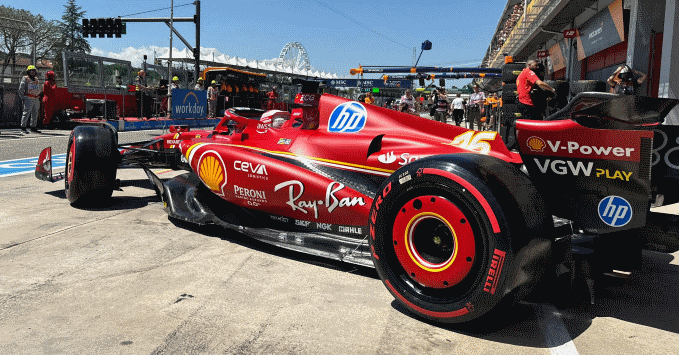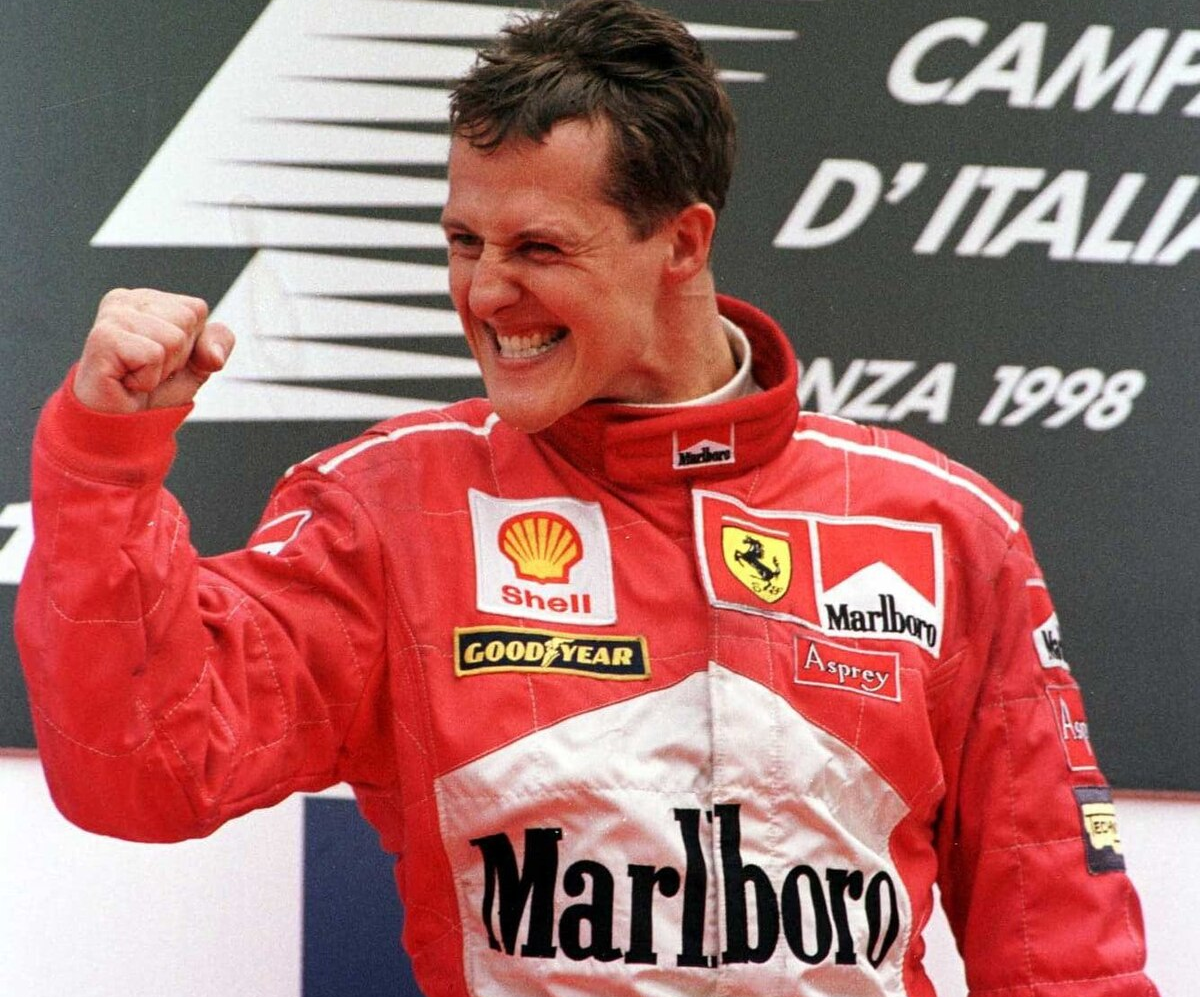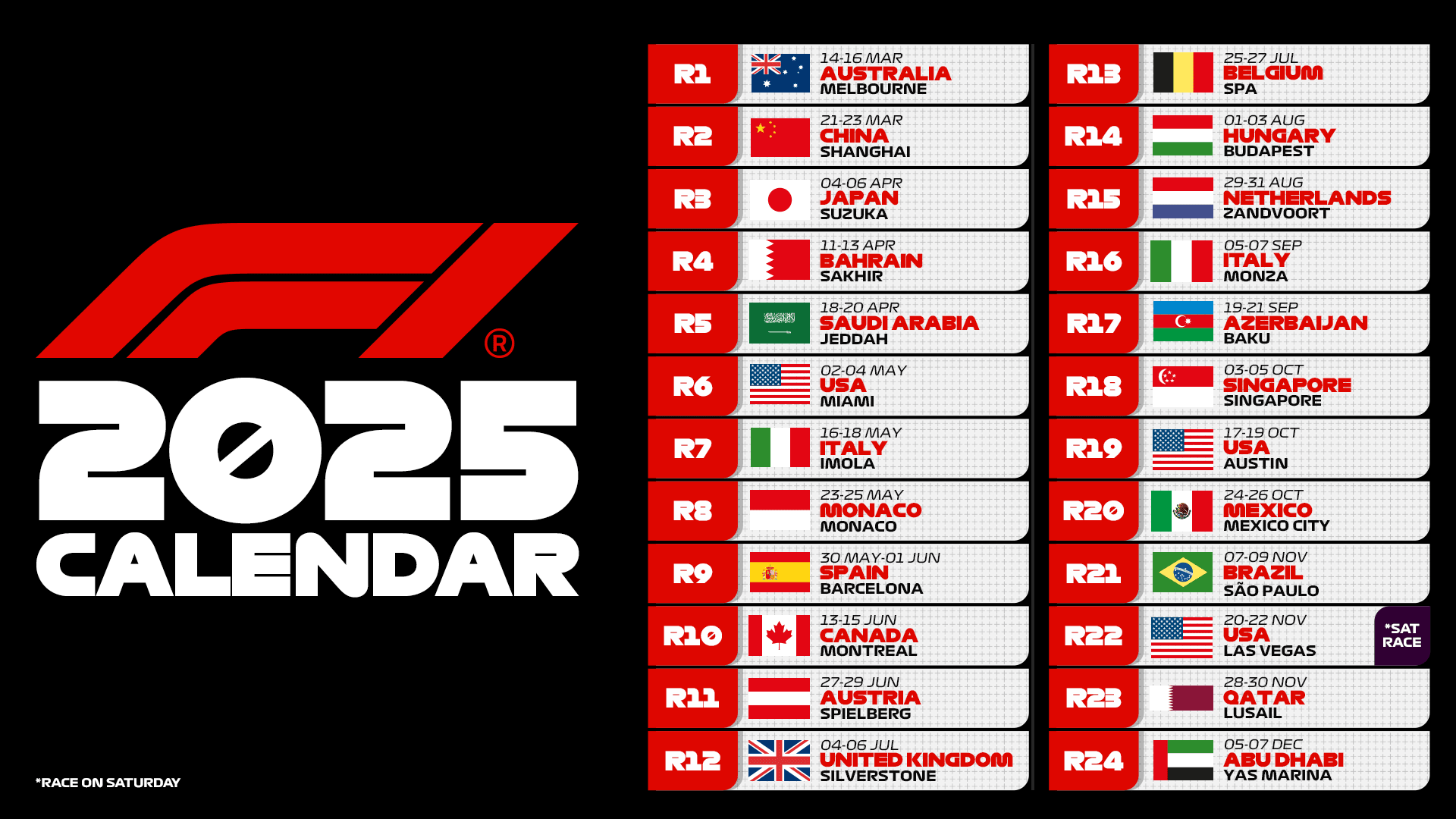
When designing an F1 car, engineers must balance all aspects of the vehicle as efficiently as possible. From the initial concept to the first on-track test, designers face an enormous workload. The first constraint and challenge in their work is the technical regulations imposed by the FIA.
The Technical Regulations
Each generation of F1 cars is restricted by the corresponding technical regulations introduced by the FIA. The governing body has always imposed a series of strict rules to ensure uniformity among teams and, most importantly, to make the competition more spectacular.
For example, the rule changes set to take effect in 2026 are discussed three to four years before implementation, allowing the FIA to consider all possible scenarios. The final approval happens two years before the changes take effect, but teams are only allowed to start development in the season immediately preceding the regulatory shift.
Every rule change is critical for teams, as it can completely overturn the competitive landscape. A prime example is Mercedes’ decline and Ferrari’s resurgence in 2022.
F1 Design: Where Does It Start?
The senior designers are the first to work on an F1 car’s concept. Their role is to analyze the regulations in detail, hoping to find loopholes and begin preliminary work. The decisions made at this stage determine the car’s fundamental design based on the team’s performance goals. Key considerations include suspension choices, weight distribution, and aerodynamics.
Show your support for Scuderia Ferrari with official merchandise collection! Click here to enter the F1 online Store and shop securely! And also get your F1 tickets for every race with VIP hospitality and unparalleled insider access. Click here for the best offers to support Charles and Lewis from the track!
Once all possible alternatives have been tested and the most efficient and viable one identified, the senior designers coordinate the thousands of people divided into different development teams. These groups work on various car components and begin planning initial upgrades.
The Importance of Aerodynamics
One of the most crucial aspects of an F1 car is aerodynamics. The car’s shape must be designed to manage airflow optimally, generating downforce—the force that “pushes” the car downwards. This is essential for maximizing grip in both high- and low-speed corners. At the same time, aerodynamics must not create excessive drag, which would hinder straight-line speed. The right balance between downforce and drag results in a highly efficient car.
The front and rear wings are key components in this area. Their design is constantly refined, as is the car’s floor, which exploits ground effect to enhance downforce.
Managing airflow around the car is also vital. Aerodynamicists work to control turbulence to extract every possible performance gain. Every detail, from air intakes to flow diverters, is meticulously studied to optimize aerodynamic efficiency. The interaction between all elements is fundamental to the car’s overall performance. Wings, the floor, side pods, and all additional flaps must work in harmony to maximize potential.
And the Engine?
Modern power units consist of an internal combustion engine (ICE) and an energy recovery system. The electrical component, made up of the MGU-H and MGU-K, manages the generation and use of electricity produced by the turbocharger’s rotation. The “Heat” component, which gives the MGU-H its name, works with exhaust gases, converting turbine rotation into electrical energy that can be stored for later use. By functioning as both a motor and a generator, the MGU-H helps eliminate turbo lag.
The other electrical component, the MGU-K, is directly linked to the V6’s drivetrain. This allows the electric motor to provide an additional 163 horsepower, which is then used by the combustion engine.
The main goal in power unit design is efficiency—maximizing power output while minimizing fuel consumption. Engineers must also ensure engine reliability, given that only four power units are currently allowed per season.
Engine regulations are highly restrictive, limiting displacement and the number of components that can be used during the season. This forces designers to develop increasingly advanced solutions to extract every possible advantage, improving cooling, reliability, and power management.
Data and Electronics
Another crucial aspect in F1 car design is electronics. When part replacement lists are published on race weekends, one key component always appears: the ECU. This is the car’s central control unit, responsible for managing and coordinating all its systems.
An F1 car requires around 300 sensors, with the ECU monitoring over 4,000 parameters. During a race, the car transmits about 3GB of telemetry data and roughly 4GB of log data—yet this is only the starting point. When processed and combined with other sources, such as audio and video analysis, a team collects over a terabyte of valuable data by the end of a race. This information is used for future races and seasons.
Engineers aim to improve the efficiency, durability, and weight of all electronic components, ensuring that every system contributes to maximizing performance.
In Formula 1, aerodynamics is everything. The better we control the airflow around the car, the better we can manage two key factors: downforce and drag. To achieve the perfect balance, F1 teams rely on two essential tools: wind tunnel testing and computer simulations, known as CFD analysis. These two methods, while different, work together to improve car performance.
The Good Old Wind Tunnel
When people think of a wind tunnel, they picture a scaled-down version of a car subjected to powerful winds, simulating real race conditions. The operation of this advanced analysis tool is highly complex, involving countless features and specific functions to make the tests as realistic as possible.
In a closed-loop wind tunnel, the most important component is the fan, which ensures the air reaches a precise speed and recirculates through the system. In addition to the fan, there is also a cooling system and a honeycomb filter. The purpose of the cooling system is straightforward: it cools the air heated by passing through the fan. The honeycomb filter, on the other hand, serves a more complex function—it smooths the airflow and removes turbulence. Engineers also use a fine mist to visualize air interactions with the car, which becomes more visible as air pressure increases.
These tests allow teams to observe how air moves around the vehicle and measure the forces acting on it. Scale models, typically built at 60% of the car’s actual size, are used to collect data on how to improve aerodynamics and speed. Wind tunnel speeds are limited to 180 km/h.
Although the permitted testing hours have been drastically reduced over the years, wind tunnel tests remain highly precise. Downforce and drag are measured with extreme accuracy, allowing engineers to quickly identify areas for improvement. Additionally, sensors mounted on the car can detect small details that computer simulations might miss.
CFD Analysis: The Power of Digital Simulations
Alongside physical testing, CFD analysis has become essential for aerodynamic development in F1. Using powerful supercomputers, engineers simulate airflow around the car without needing physical models. This enables teams to run thousands of tests in a short time, continuously refining every component, from the wings to the entire bodywork.
One of CFD’s key advantages is its ability to analyze complex scenarios, such as the aerodynamic wake behind another car or airflow management during overtaking and on-track battles. Additionally, CFD allows teams to test extreme conditions that would be difficult or costly to replicate in a wind tunnel.
Wind Tunnel and CFD: A Crucial Partnership
Despite CFD’s flexibility, neither tool is effective on its own. F1 teams combine wind tunnel tests with CFD results to gain a complete picture. One validates the other, ensuring the car fully exploits its aerodynamic potential.
Both wind tunnel and CFD testing must also comply with F1’s strict regulations, which limit the number of physical and digital testing hours. This makes it even more crucial to maximize the efficiency of every test, whether physical or virtual.
Looking to the Future
As F1 regulations continue pushing teams toward digital tools, CFD analysis is becoming increasingly dominant. However, wind tunnel testing remains essential for validating data and ensuring simulations align with real-world conditions. This synergy between technology and engineering is what keeps Formula 1 at the cutting edge, and the combination of wind tunnel and CFD will continue driving aerodynamic performance forward for years to come.
However, the efficiency of these tools is constantly challenged by the difficulty of correlating simulation data with actual track performance. Even in 2024, top teams like Ferrari and Mercedes have struggled with this issue, facing setbacks in several races.












.png)

Leave a Reply